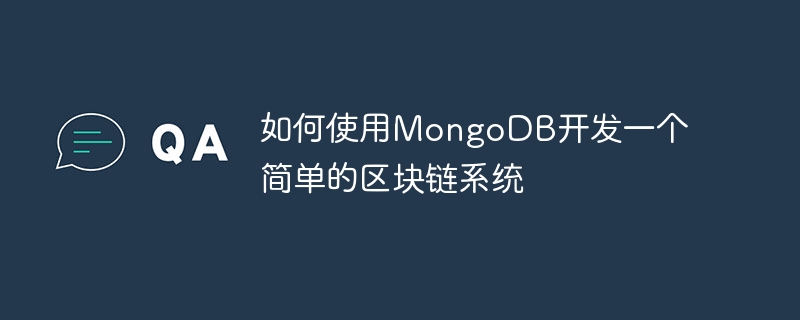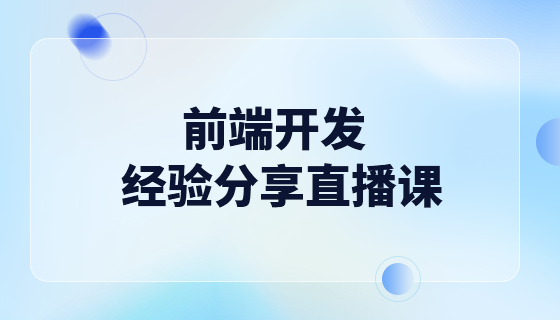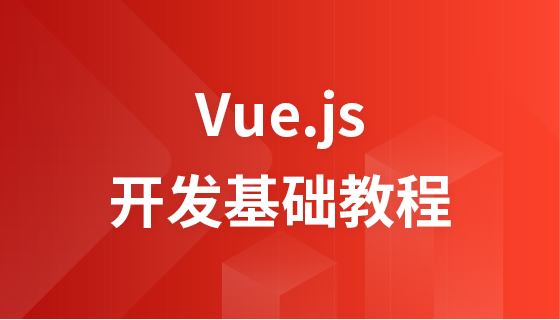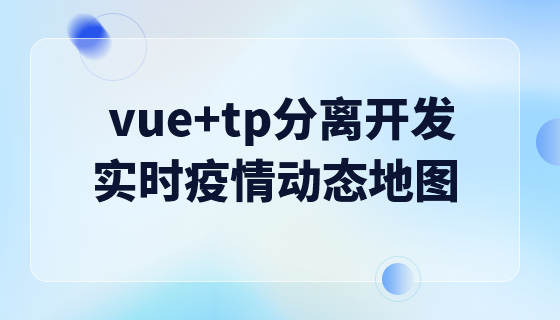
如何使用MongoDB開發一個簡單的區塊鏈系統
區塊鏈技術近年來備受關注,因其去中心化、安全性高等特點,被廣泛用於加密貨幣、合約管理等領域。本文將介紹如何使用MongoDB開發一個簡單的區塊鏈系統,並提供對應的程式碼範例。
1.安裝和設定MongoDB
首先,我們需要安裝MongoDB並進行對應的設定。可以在MongoDB的官方網站上下載最新的穩定版本,並根據官方文件進行安裝和設定。
2.建立資料庫和集合
在MongoDB中,我們可以透過建立資料庫和集合來儲存區塊鏈系統的相關資料。開啟MongoDB的命令列客戶端,輸入以下指令建立一個資料庫與一個集合:
use blockchainDB
db.createCollection("blocks")
3.定義區塊結構
在區塊鏈中,每個區塊包含了前一個區塊的哈希值、交易資料以及時間戳記等資訊。我們可以使用MongoDB的文檔結構來定義一個區塊的結構。在命令列客戶端輸入以下命令:
db.blocks.insertOne({
"previousHash": "0",
"data": "Genisis Block",
" timestamp": new Date()
})
這樣就創建了一個初始的區塊。
4.定義區塊鏈類別
接下來,我們可以使用Python來定義一個區塊鏈的類別。以下是一個簡單的範例程式碼:
from hashlib import sha256
import json
class Block:
def __init__(self, index, previousHash, data, timestamp):
self.index = index
self.previousHash = previousHash
self.data = data
self.timestamp = timestamp
self.hash = self.calculateHash()
def calculateHash(self):
return sha256(str(self.index) + self.previousHash + self.data + str(self.timestamp)).hexdigest()
class Blockchain:
def __init__(self):
self.chain = [self.createGenesisBlock()]
def createGenesisBlock(self):
return Block(0, "0", "Genisis Block", "01/01/2020")
def addBlock(self, data):
index = len(self.chain)
previousHash = self.chain[-1].hash
timestamp = datetime.datetime.now().strftime("%d/%m/%Y")
newBlock = Block(index, previousHash, data, timestamp)
self.chain.append(newBlock)
def printChain(self):
for block in self.chain:
print("Block index:", block.index)
print("Previous hash:", block.previousHash)
print("Data:", block.data)
print("Timestamp:", block.timestamp)
print("Hash:", block.hash)
print("-" * 20)
注意,在範例程式碼中使用了Python的hashlib來計算區塊的雜湊值,並使用了json模組將區塊資訊轉換成JSON格式。
5.將區塊鏈資料儲存到MongoDB中
為了將區塊鏈資料儲存到MongoDB中,我們可以使用官方提供的Python驅動程式PyMongo。以下是一個範例程式碼,將先前定義的區塊鏈類別改造為儲存到MongoDB的形式:
from pymongo import MongoClient
client = MongoClient()
class Block:
def __init__(self, index, previousHash, data, timestamp):
self.index = index
self.previousHash = previousHash
self.data = data
self.timestamp = timestamp
self.hash = self.calculateHash()
def calculateHash(self):
return sha256(str(self.index) + self.previousHash + self.data + str(self.timestamp)).hexdigest()
def toDict(self):
return {
"index": self.index,
"previousHash": self.previousHash,
"data": self.data,
"timestamp": self.timestamp,
"hash": self.hash
}
class Blockchain:
def __init__(self):
self.collection = client.blockchainDB.blocks
self.chain = [self.createGenesisBlock()]
def createGenesisBlock(self):
return Block(0, "0", "Genisis Block", "01/01/2020")
def addBlock(self, data):
index = len(self.chain)
previousHash = self.chain[-1].hash
timestamp = datetime.datetime.now().strftime("%d/%m/%Y")
newBlock = Block(index, previousHash, data, timestamp)
self.collection.insert_one(newBlock.toDict())
self.chain.append(newBlock)
def printChain(self):
for block in self.collection.find():
print("Block index:", block["index"])
print("Previous hash:", block["previousHash"])
print("Data:", block["data"])
print("Timestamp:", block["timestamp"])
print("Hash:", block["hash"])
print("-" * 20)
在範例程式碼中,我們使用了PyMongo的MongoClient類別連接到MongoDB,預設連接到本地的資料庫。在Block類別的toDict方法中,將區塊的各個屬性轉換成字典形式,以便儲存到MongoDB中。在Blockchain類別中,我們使用了MongoDB的find方法遍歷並列印所有的區塊。
透過上述步驟,我們使用MongoDB開發了一個簡單的區塊鏈系統。你可以根據自己的需求和實際情況進一步擴展和完善。區塊鏈技術不僅限於加密貨幣領域,還可應用於合約管理、供應鏈管理等眾多領域,有助於提高資料的透明度和安全性。
以上是如何使用MongoDB開發一個簡單的區塊鏈系統的詳細內容。更多資訊請關注PHP中文網其他相關文章!


![PHP實戰開發極速入門: PHP快速創建[小型商業論壇]](https://img.php.cn/upload/course/000/000/035/5d27fb58823dc974.jpg)

